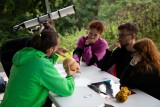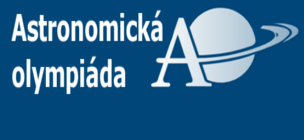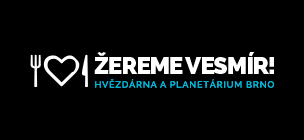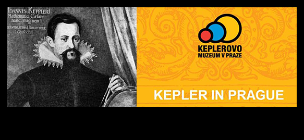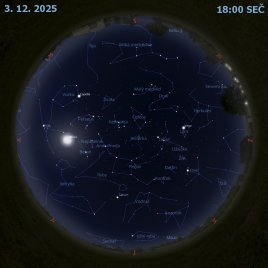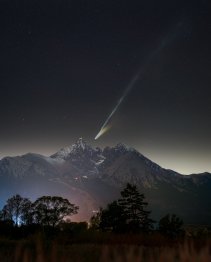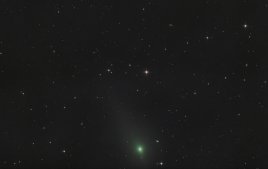Rozhovory o vesmíru - Vesmírný dalekohled Jamesa Webba
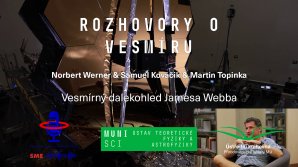
Autor: Ústav teoretické fyziky a astrofyziky PřF MU
Vesmírný dalekohled Jamese Webba je bezesporu dalším milníkem ve výzkumu Vesmíru. Abychom se o tomto projektu dozvěděli víc, pozvali jsme si do další epizody Rozhovorů o vesmíru našeho kolegu Martina Topinku, který se na vývoji podílí.
Už jen něco málo přes měsíc nás dělí od plánovaného startu dalšího velkého vesmírného dalekohledu, který by měl posunout naše poznání vesmíru hned v několika zásadních směrech. Stavba převratných přístrojů ale často přináší technické výzvy, které je třeba překonat a tak start přichází více než 10 let po původním termínu.
Na jaké objevy se můžeme těšit, v čem se James Webb liší od Hubbleova dalekohledu a co způsobilo tolik odkladů před jeho vypuštěním? Na tyto otázky se zeptáme jednoho z členů týmu, který stojí za realizací dalekohledu, Dr. Martina Topinky současně působícího na Ústavu teoretické fyziky a astrofyziky Přírodovědecké fakulty Masarykovy univerzity.
Novou epizodu si můžete pustit na: https://youtu.be/gaosR7g11zk
